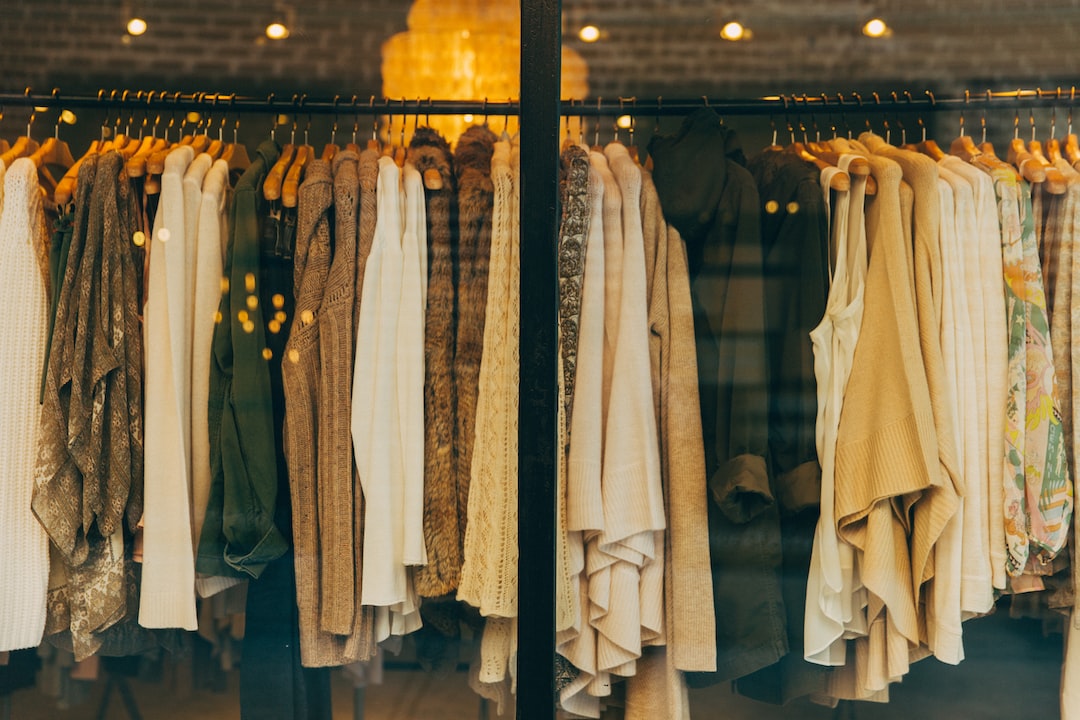The fashion industry’s voluntary sustainability efforts have yet to lessen its planetary impact. It’s time for a shift in thinking and action.
Despite the myth of sustainable fashion, it is more expensive and attainable than some believe. It’s also not just about buying new clothes.
It’s Too Expensive
Few industries claim sustainability credentials more boldly than the fashion world. From swimsuits to wedding dresses, carbon-neutral and organic options adorn retail shelves. New business models like recycling, resale, rental, and upcycling promise to dampen the consumption of virgin resources and extend product lifecycles on our finite planet.
While sustainable clothing costs more than fast fashion, it’s important to remember that this extra money is invested in better quality materials and processes, which will last longer and require fewer repairs or replacements. Likewise, thrift stores and resale apps make shopping more ethically affordable than ever before.
Plus, many brands that use eco-friendly processes are larger and thus can take advantage of economies of scale to lower prices. But even if you’re shopping at smaller, more ethical, and less expensive brands, you can still reduce your consumption by asking yourself if you need that new piece of clothing or have something similar that will serve the same purpose. This is called zero waste, and it’s a key component of sustainable fashion.
It’s Not Easy
The fact that sustainable fashion necessitates additional customer investigation and work is one of the main barriers to it. Fortunately, more and more companies are providing environmentally friendly solutions, making it simpler to support the effort.
However, it’s important to remember that the industry is not regulated, and there is no widely accepted definition of sustainability. Many brands are greenwashing by co-opting buzzwords such as “eco,” “organic,” or “green” into their marketing strategy without providing any evidence of significant sustainability action.
In addition, the costs of organic & natural materials are not automatically cheaper than traditional clothing. While considering these factors when purchasing is a good idea, it is equally important to focus on buying less, shopping secondhand, and investing in quality pieces that last. For example, suppose you are currently spending over $100 on a pair of jeans or T-shirts. In that case, it’s worth looking into the brand’s sustainability standards and considering whether that is a cost-effective option for you. This will help reduce waste and save you money in the long run.
It’s Not Worth It
One of the biggest obstacles to sustainable fashion is that it often feels like greenwashing. Since fashion is an unregulated industry, there’s no industry-agreed-upon definition of sustainability, which allows brands to claim environmental and social responsibility without following strict criteria or providing evidence of their claims. This can include developing “ethical” capsule collections or co-opting buzzwords such as “sustainable,” “green,” and “eco-friendly” into their brand lexicon without making significant sustainable changes.
It’s also important to remember that sustainable fashion doesn’t just refer to sourcing natural materials and maintaining an ethical approach to labor. To make sustainable clothing truly effective, it has to be high-quality. It’s estimated that only 2% of factory workers worldwide receive livable wages, and the majority work in dangerous conditions.
Achieving truly sustainable fashion requires a complete shift in our thinking and shopping habits. It’s not enough to keep buying new clothes every week or to rely on fast fashion brands for our wardrobe staples. Buying secondhand, or even hiring that dress you’ve always dreamed of, is an easy way to reduce your consumption and support the sustainable fashion movement.
It’s Not Sustainable
It takes around 2700 liters of water to manufacture and process just one t-shirt. That’s enough for a family of four to drink for 2.5 years. Synthetic fabrics (polyester, acrylic, and nylon) are huge polluters, as they’re plastic-derived, don’t biodegrade, and require heavy use of chemicals.
Remembering that just because a brand is labeled sustainable, ethical, or eco-friendly doesn’t mean they are. There’s no standard or regulation of these words, and it’s easy for brands to “greenwash” their marketing with empty environmental or social responsibility claims.
Instead, it’s best to shop for brands that offer transparency and objective criteria like traceability of their supply chain, Cradle to Cradle certification, and a commitment to using natural dyes and materials. For extra reassurance, look for brands that offer a lifetime warranty and repair services for their products. This shows they are confident in their product’s quality and care about each item’s life cycle. Also, avoid brands that exclusively produce their clothes with machinery and machine wash them, as this increases energy consumption and can lead to worker exploitation.
It’s Greenwashing
As sustainability becomes increasingly trendy and consumers demand more conscious shopping, some brands jump on the bandwagon to appeal to this growing market. But simply putting on green packaging or having a couple of sustainable collections doesn’t make a brand truly eco-friendly.
A brand must implement sustainability into every aspect of its business model to be considered genuinely sustainable. And this requires time and money. So, to spot insidious greenwashing, check whether a brand shares evidence of its sustainability efforts. This can be done by looking for brands that publish their wages (so you know they pay a living wage) or certifications such as Fair Trade.
It’s also a good idea to look for transparency regarding materials. For example, if a fabric is labeled organic, you can find out if it’s grown with toxic chemicals or using excessive water resources by checking if the brand uses third-party inspectors to verify their claims. This helps to protect workers’ rights and avoid harmful practices like deforestation.



